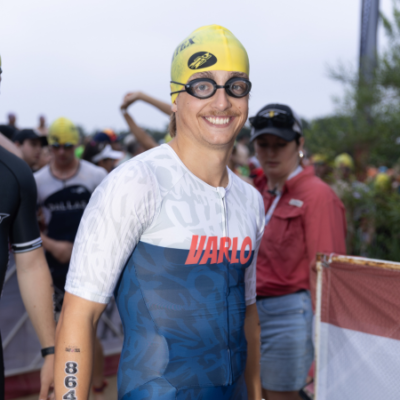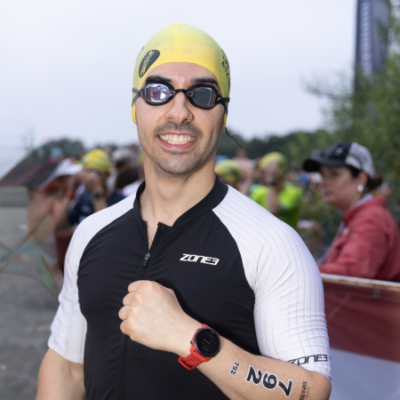Beginner’s Guide to Freestyle Stroke Swimming
Welcome to the world of swimming, where the water is your playground and every stroke feels effortless! At CapTex Tri, we’re here to help you dive into freestyle swimming with confidence. Whether you’re training for a triathlon or just want to improve, this guide will make it fun and rewarding.
Why Freestyle?
Freestyle is the most efficient stroke, allowing swimmers to cover long distances with minimal energy expenditure. This efficiency is especially crucial in triathlons where conserving energy for cycling and running is essential.
Gear Up
Before you hit the water, make sure you have the essentials:
- Swim Cap: Keeps hair out of your face and reduces drag.
- Goggles: Protect your eyes and help you see clearly underwater.
- Swimwear: Opt for a comfortable and snug fit to glide through the water effortlessly.
Perfect Your Technique
1. Body Position: Maintaining a streamlined body position is crucial for efficient swimming. Your body should be horizontal and parallel to the water’s surface. Keep your head in line with your spine, looking down at the bottom of the pool. This helps reduce drag and allows for smooth, efficient movement.
2. Breathing: Breathing is one of the trickiest parts of freestyle swimming for beginners. Practice rhythmic breathing by turning your head to the side, not lifting it out of the water. Inhale quickly through your mouth and exhale steadily through your nose or mouth while your face is in the water. Once you have mastered breathing on one side, you can switch to bilateral breathing (breathing on both sides) to help maintain balance and symmetry in your stroke.
3. Arm Movement: The arm stroke in freestyle swimming can be divided into three phases: the catch, the pull, and the recovery.
- Catch: Extend your arm forward and slightly downward, with your fingers pointed downward. Your hand should enter the water fingertips first, slicing through smoothly.
- Pull: Pull your hand down and back, bending your elbow and keeping it higher than your hand. This phase provides most of your propulsion.
- Recovery: Once your hand passes your hip, lift your elbow out of the water, keeping your hand relaxed. Your hand should re-enter the water in front of your shoulder, ready for the next catch.
4. Kick: A steady, rhythmic flutter kick helps to balance your body and provide additional propulsion. Keep your legs straight with a slight bend in the knees. The kick should originate from your hips, not your knees, with relaxed ankles and pointed toes. Avoid excessive kicking, as it can lead to fatigue.
Practice Makes Perfect
Common Mistakes to Avoid
1. Overreaching: Avoid extending your arms too far during the catch phase, as this can cause shoulder strain and decrease efficiency. Keep your strokes controlled and within a comfortable range of motion.
2. Crossing Over: Ensure your hands enter the water in line with your shoulders. Crossing your arms over the centerline of your body can lead to imbalance and inefficient strokes.
3. Poor Head Position: Lifting your head too high can cause your hips to drop, creating drag. Keep your head in a neutral position, with your eyes looking down.
4. Holding Your Breath: Remember to exhale while your face is in the water. Holding your breath can lead to tension and disrupt your rhythm.
Two Specific Drills to Improve Freestyle Swimming
1. Catch-Up Drill: This drill helps improve your stroke timing and hand entry.
- Swim with your arms extended in front of you.
- Start your stroke with one arm while the other remains extended.
- Only begin the stroke with the second arm once the first arm has completed its stroke and is extended again.
- Focus on smooth and controlled movements.
2. Single Arm Drill: This drill isolates each arm to enhance your technique and strength.
- Swim using only one arm while the other remains by your side.
- Focus on the correct arm movement, from the catch phase to the recovery.
- Alternate arms every 25 meters or a similar distance.



